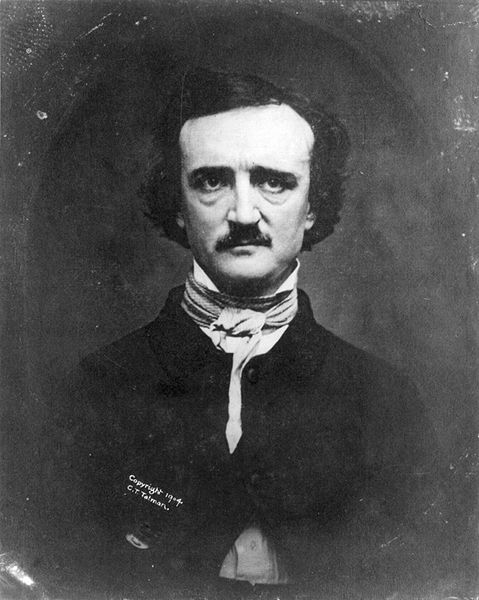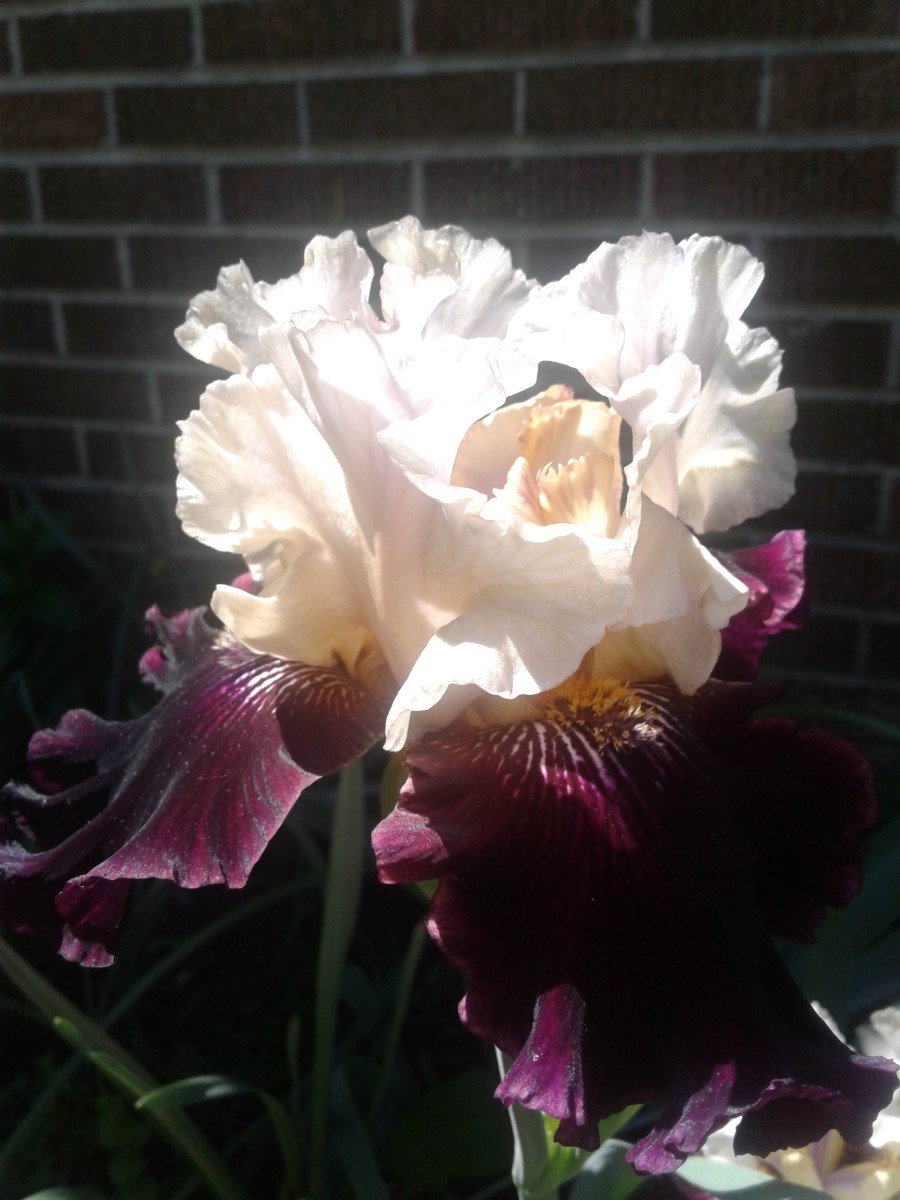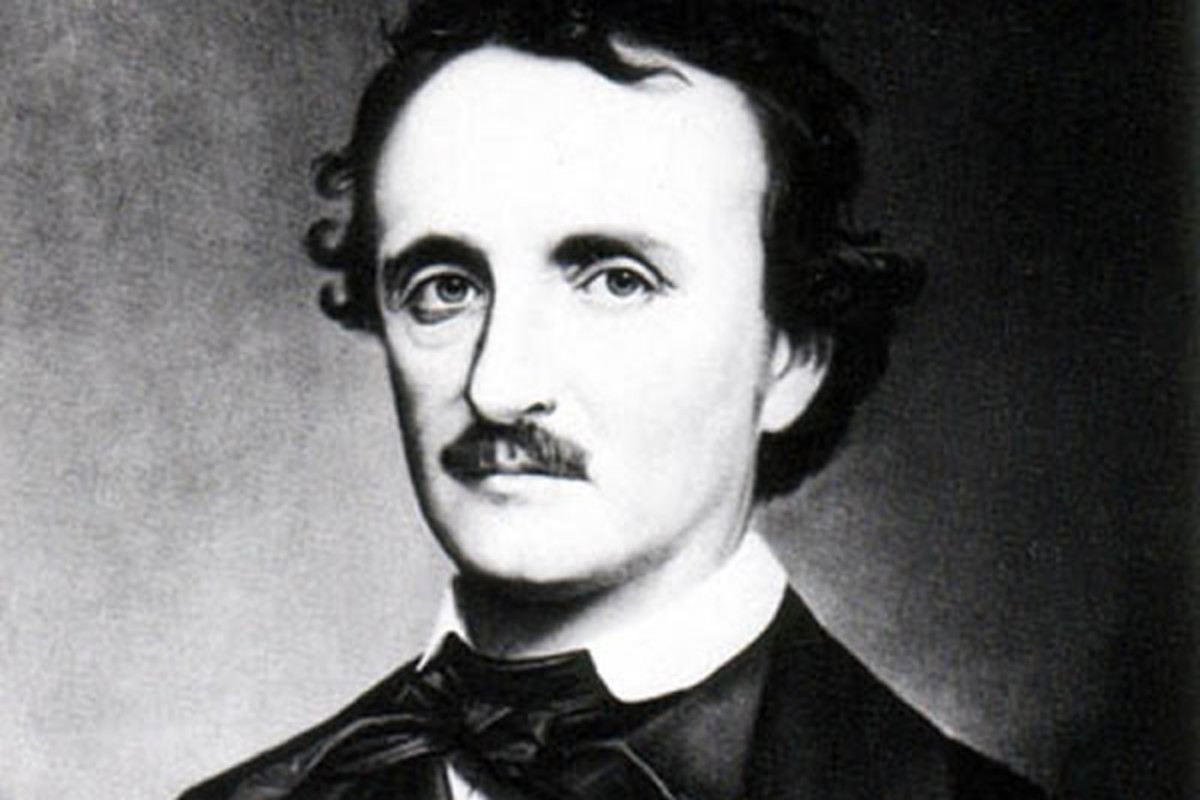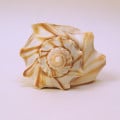short synopsis of Edgar Allen Poe

Edgar Allen Poe was born in 1809 to Elizabeth and David Poe. His mother was a struggling actress. His father was on his way to a respectable acting career, but liquor destroyed his life. Edgar was their second child. He was born in Boston on January 19. One year after his birth his father deserted him. In December of 1811 Poe’s mother died at age 24 while acting in Richmond, Virginia. His father disappeared and died soon after at the age of 27.
Poe’s life was obviously very unstable for the first two years, but this period of turmoil was followed by a time of stability. John Allan a rich young man in Richmond took Poe into his family. “Master Allan” took Poe to England in 1815 with his family. In 1820 they returned and Poe continued his schooling. Poe supposedly had a time of depression over his past and uncertain future during this time. In 1824 his foster father’s attitude toward him changed somewhat. Some suggest that it all stemmed from Poe taking the side of his foster mother in an argument with his foster father. In 1826 he was attending the University of Virginia, and he was even doing well in his studies. However, he had begun drinking at college. He gambled under the excuse that Allan had not sent him enough money. Having lost about two thousand dollars Poe returned to Alan who refused to pay the debt. Allan and Poe got into an argument in 1827, which drove Poe to flee to Baltimore to meet up with his extended family. In 1829 Poe and Allan were somewhat “reconciled”. Poe joined the Army and went to West Point in 1830. He eventually was kicked out because he did not do his work.
Poe’s mature career began at age twenty-five and lasted until his death at age forty. These years were spent in four literary centers- Baltimore, Richmond, Philadelphia, and New York.
The Baltimore years (1831-1835) were years of great industry and sobriety. During this time Poe secretly married his cousin Virginia who was only thirteen. A few newspapers and magazines also published him during this time.
In 1835 he returned to Richmond and became assistant editor of the Southern Literary Messenger. He was paid good enough money to support his family.It was during this time that he became nationally acclaimed as a “literary hatchet man”.
In 1837 he was fired from the Southern Literary Messenger, and left for New York. During this time his career was hit and miss. He wrote here and there for some papers. In 1842 his wife burst a blood vessel in her throat. This led to her death five years later.
In 1844 Poe moved his family to New York. His best year was 1845 when his magazine articles took off. He also worked for the Sunday Times. He was even invited to lecture on poetry at large seminars, but Poe marred all of these opportunities the same way that his father had ruined his opportunities- alcohol. During much of 1847 Poe was ill. This seemed to cool off all of his new found fame. He went back to Richmond for the remainder of his life, where his old friends accepted him. One day he was found drunk near a polling place on an election day, and he was taken to the hospital. He died on October7, 1849, of “congestion of the brain”.
Poe lived his life irresponsibly. He sought wealth and comfort. His poems will bless generations to come, but his lifestyle will haunt all those who read about it. It is sad how easily liquor takes hold on the best of people.
Before Poe died he wrote a composition. This composition is unique because it is the work of a writer showing how he writes. It details the science of how Poe set out on a work. It held nothing back.
Poe began by describing the steps he took before writing. His first consideration was the length of the work. He wrote that a work should not be too long to read in one sitting. He explained that, if two sittings were required, the world would interfere between the two sittings. He considered one hundred and eight lines to be the proper length for a poem.
His next concern was the impression or effect he would convey to the reader. He argued, “Beauty is the sole legitimate province of a poem”. His efforts were to impress the reader with beauty and its elements. He then points out that the tone of his poem must be decided. His experience brought him to the acceptance of sadness as the best tone when beauty is the province.
His next goal was to order the poem through points, or pivotal moments. He points out the importance of using one word over and over again as a reference. His poems all fit within the context of these “laws”.
Poe was brave to write this composition. It dug deep into his manner of writing. He truly loved poetry, for this one can be sure. He wrote this to make it easy for more great poetry to be written and enjoyed. The Philosophy of Composition is truly a great work because it has yet to be imitated by any poet so great as Edgar Allen Poe.









